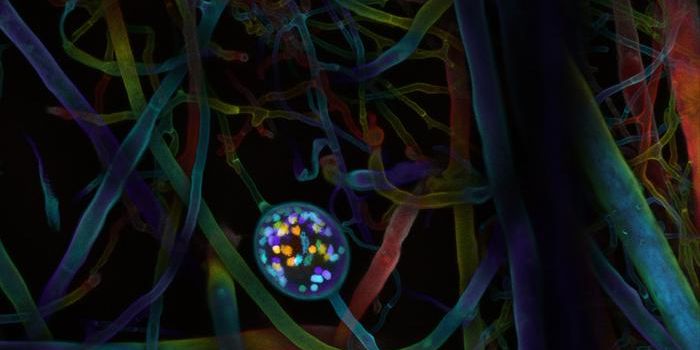New prosthetic helps restore natural walking ability for amputees
A team of researchers at Massachusetts Institute of Technology (MIT), in collaboration with researchers at Brigham and Women’s Hospital, have designed a new prosthetic for below-the-knee amputees that leverages state-of-the-art surgical and neurological technology to help amputees walk more naturally. The team’s work is described in a recent article published in Nature Medicine.
Amputation and prosthetic technologies have evolved significantly over the years. A key challenge, however, has always been the inability to replicate natural gait motion in amputees. Part of that challenge focuses on the neurological connection between brain and muscles and the ability to ensure adequate communication between the brain and the prosthetic. Often following an amputation below the knee, connections between certain muscles are severed, making it difficult for the nervous system to then sense the new prosthetic and ultimately, affects how the prosthetic moves. The ideal would be a prosthetic that is fully controlled by the nervous system, which would enable the brain to “sense” the prosthetic limb and improve motion.
The MIT team conducted a study of seven patients who underwent this new specialized agonist-antagonist myoneural interface (AMI) surgery for an amputation below the knee and seven patients who underwent who underwent a more traditional amputation surgery. During the surgery, certain muscles are reconnected that enable a patient’s nervous system to be able to “sense” where their prosthetic limb is. Following surgery, participants were asked to do various types of movement activities, including walking up and down stairs and walking a certain distance.
Following the surgery, researchers found that patients were able to walk faster, avoid obstacles, and climb stairs much more naturally than people with a traditional amputation.
Researchers hope that the ability to better connect the nervous system to prosthetics in amputees could enable more robust and natural movement, helping people restore some type of normalcy in their life.
Sources: Science Daily; Nature Medicine








